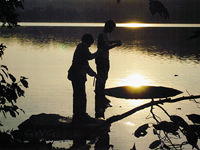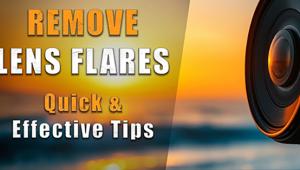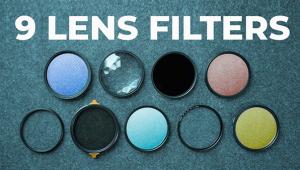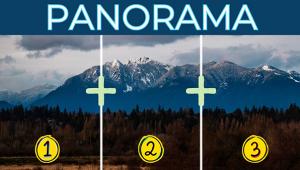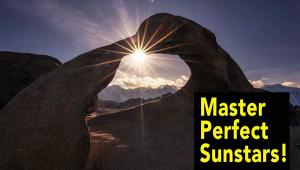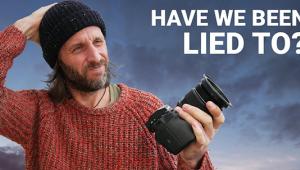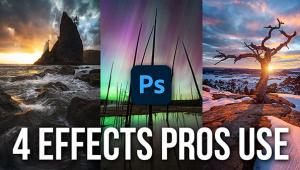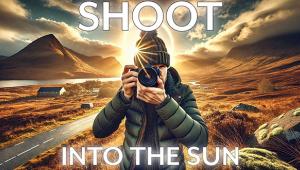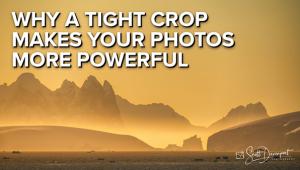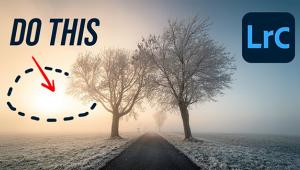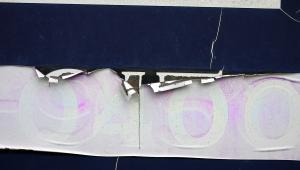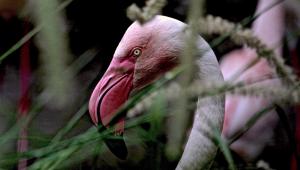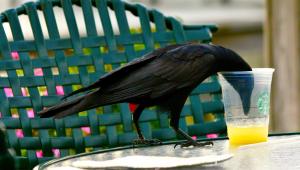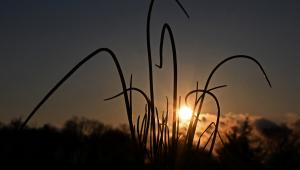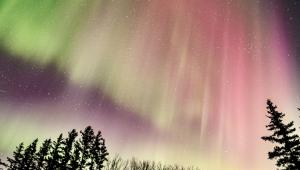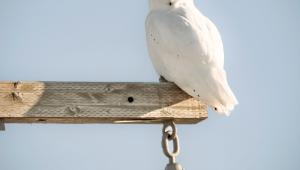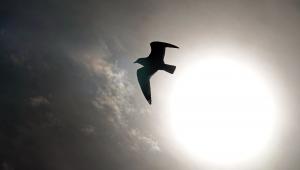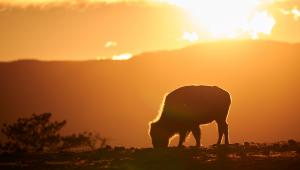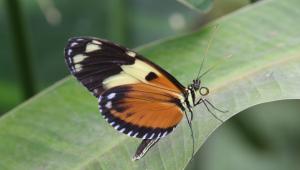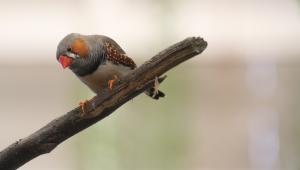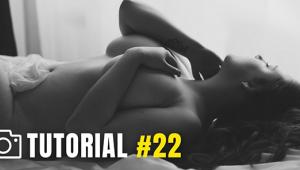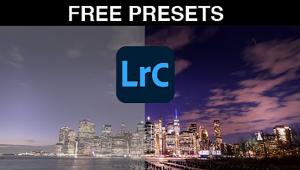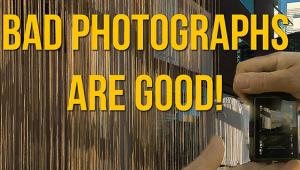Point & Shoot: Dramatic Photos After Dark
|
Don't put your camera away just because the sun has gone down—some of the most intriguing photo opportunities await you after dark. From neon signs reflected on wet streets to car lights forming streaks on busy highways, nighttime offers a special blend of color and excitement. Photos taken by existing light at night possess a certain type of energy that's not present during daylight hours.
Some of the best night shots are taken during the early evening—up to an hour after sunset—when a little light in the sky gives you even, overall illumination. For example, when you photograph a city before total darkness, the lingering color in the sky will provide a contrast to the buildings. After dark, city lights are often rendered as disembodied lights in a black sky. Evening's last light also gives you an opportunity to capture silhouettes against a colorful sky. Just choose an easily recognizable subject (e.g., two people walking on a beach) and shoot. Turn your camera's built-in flash off, otherwise you'll defeat your purpose. The bold graphics of neon lights are great nighttime subjects. Sometimes individual signs make good compositions when you photograph one in its entirety, but you can also create a powerful image by moving in close to isolate patterns or an abstract design within the sign. If the lights are bright enough (as with neon lights in Las Vegas or Times Square) you can shoot with a hand-held compact camera when using a moderate-speed film, like ISO 200. In most cases though, it's best to use a tripod or another means of camera support when doing night photography to ensure sharp pictures. If some sort of camera support isn't available, fast film in the ISO 400-1000 range works best for hand-held nocturnal photography. Some compact cameras offer a variety of shooting modes, including a night mode for slightly longer exposures in low-light shooting situations. This mode can give you the opportunity to capture colorful streaks of car lights on a highway, or a Ferris wheel at the county fair. Carnivals and amusement parks offer an abundance of night lights that are great for photography. You can get a bird's-eye view by shooting down from one of the rides, and sometimes you can capture some interesting motion effects as well. Besides taking pictures of rides, you might try shooting photos of food and game booths. Brightly lit bridges and fountains can often be more interesting to photograph at night than during the daytime. The darkness may also conceal cluttered or unattractive surroundings. If your camera has a night or landscape mode, use it to give you a slower shutter speed to capture motion in your photos. In these situations, it's best to use a tripod or perhaps prop your camera up on a fence. One problem you might encounter is the color balance when shooting evening skies combined with artificial light. Color films are matched to a particular light source, and the most common of these is daylight. Lighting at night can come from a number of mixed sources—like mercury vapor, neon, tungsten, etc.—so it's difficult to predict what your photos will look like. But it's best to simply allow the color discrepancies between varying light sources to produce their unique results on film (or memory card), without worrying about color-correcting your prints later on. |
- Log in or register to post comments




